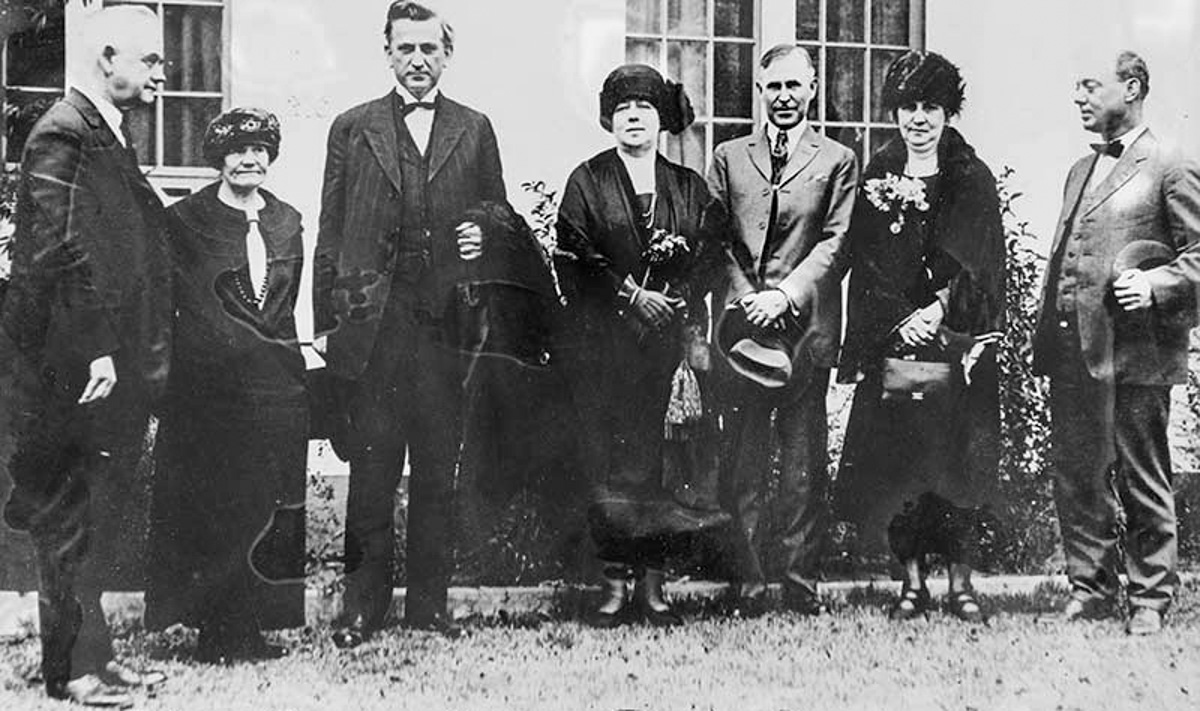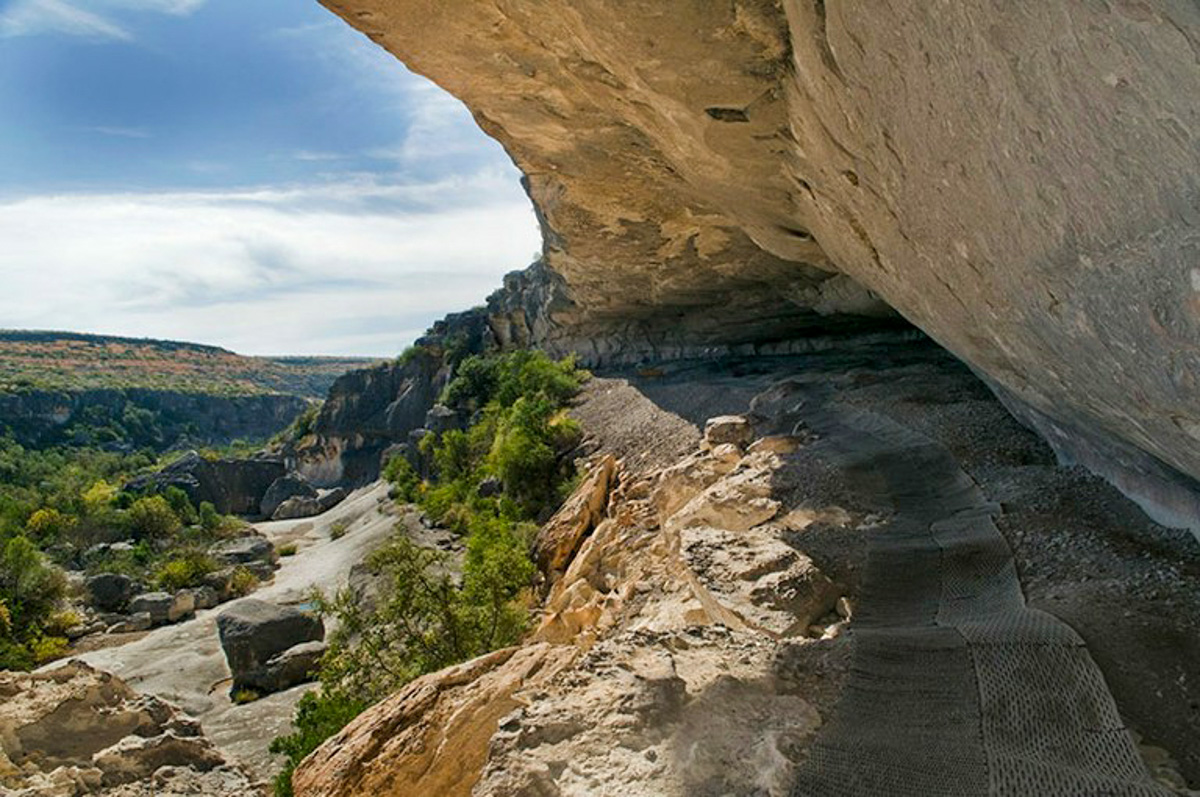
On the Centennial, Remembering the Women Activists Behind Texas State Parks
By Andrew Stuart
Consensus is elusive in this polarized time. But state parks are an exception. Polls consistently show three-quarters of Texans view state parks favorably. When a parks-funding proposal went before voters in 2019, it received 88 percent support. Few policy matters unite us so broadly.
Yet the history of the state-parks system – now marking its centennial – is one of uphill political battles. Texas State Parks: The First 100 Years, from TCU Press, chronicles those battles. The book shines a light on the women activists who helped build this beloved institution.
Jennifer Bristol writes about women and parks in the new book.
“Beautiful prairies and forests are going away,” Bristol said, “and they’re starting to see that. They’re feeling it in their core, and as Texans they’re called upon to preserve Texas.”
Early-20th century Texas was largely rural. But that was changing, and natural resources no longer seemed inexhaustible. Women, Bristol said, were early in recognizing the need for conservation, and for setting aside places where Texans, and especially Texas children, could be outdoors.
And they were organized.

By 1900, women’s clubs were thriving across Texas. Members advocated for public libraries, improved roads – and political change, including women’s suffrage. Connecting women statewide, the Texas Federation of Women’s Clubs could mobilize thousands for letter-writing campaigns and other actions.
As Gov. Pat Neff pushed to create a parks system, he turned to the federation to pressure legislators. Their advocacy worked, and in 1923, when the parks board was created, it included three federation activists – Phebe Warner, Florence Martin and Katie Welder. Warner was a Panhandle resident, in love with its “oceanic plains,” and would become the “mother” of Palo Duro Canyon State Park.
Federation members inventoried existing local parks, and secured new land donations. Alpine and Fort Davis women’s clubs were early advocates for a Davis Mountains State Park, though, Bristol said, they envisioned something far larger than today’s destination.
Next, the federation had to convince a resistant legislature to accept the land donations they’d secured. Austinite Marian “Mamie” Rather Powell became their point person. Bristol had access to Powell’s correspondence, which revealed tenacious lobbying, at the capital and in more informal settings.
“You talk about things that get done sometimes behind the scenes,” Bristol said, “and this was one of those moments. It’s happening at the bridge parties, and it’s happening at the luncheons. It’s a ‘go home and talk to your husband about this’ kind of situation.”
Soon, Powell had help inside, when women’s club compatriot Margie Neal became the first female state senator. When Neal’s legislation to accept the donation of 24 parks passed, in 1927, Texas parks began in earnest.
It’s ironic, though perhaps unsurprising, given political history, that women were shut out of leadership once they’d helped establish the parks system. After the first appointments, no woman served in leadership for six decades, until Beatrice Pickens, wife of oilman T. Boone Pickens, was appointed in 1987.
Yet profound contributions continued to be made by women, including West Texas women. Madge Lindsay, now of Fort Davis, was a parks staffer who spearheaded the creation of birding trails and competitions – expanding the scope of state parks to embrace nature tourism.
And we have an Alpine ranching scion to thank for Seminole Canyon State Park. A nature lover and arts patron, Jane Sibley dedicated years to ensuring the ancient rock-art sites near Langtry became a state park.
“For her it was the culminaton of nature and art,” Bristol said of Sibley, “all coming together there. It took a long time. It took about 15 years to make it happen.”
Parks are public resources – they belong to all of us. But at the centennial, it’s fitting to remember the individuals who fought to make them so.
Nature Notes is produced by Marfa Public Radio with the Sibley Nature Center. The program can be heard each Tuesday and Thursday, at 7:44 a.m. and 4:44 p.m., Central time, on KRTS Marfa, 93.5 FM, and KXWT Odessa/Midland, 91.3 FM. This episode was written by Andrew Stuart.











